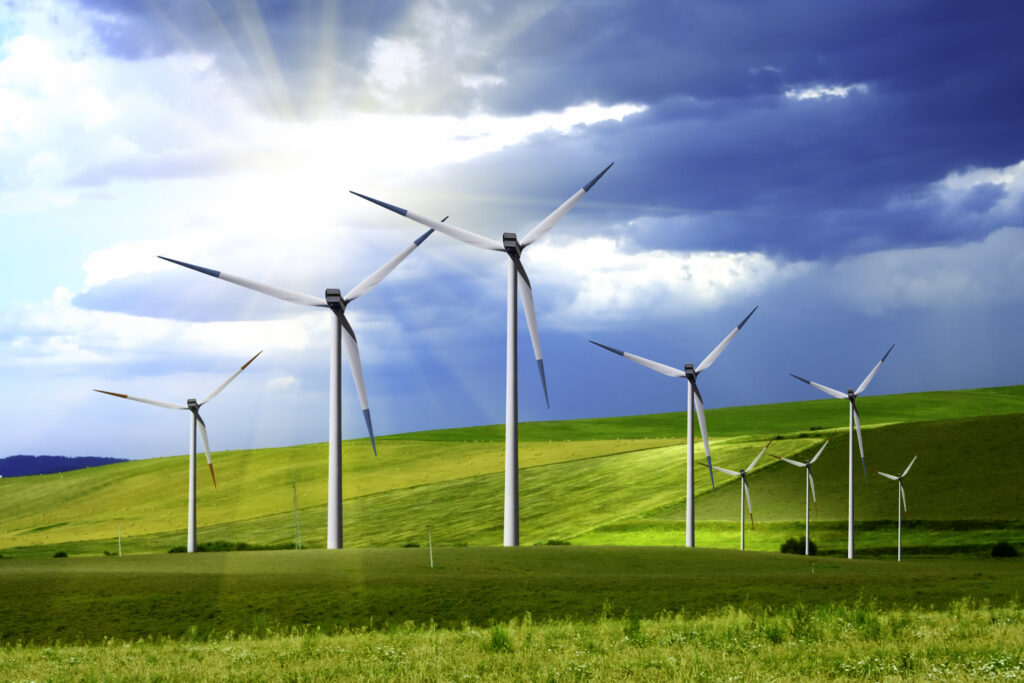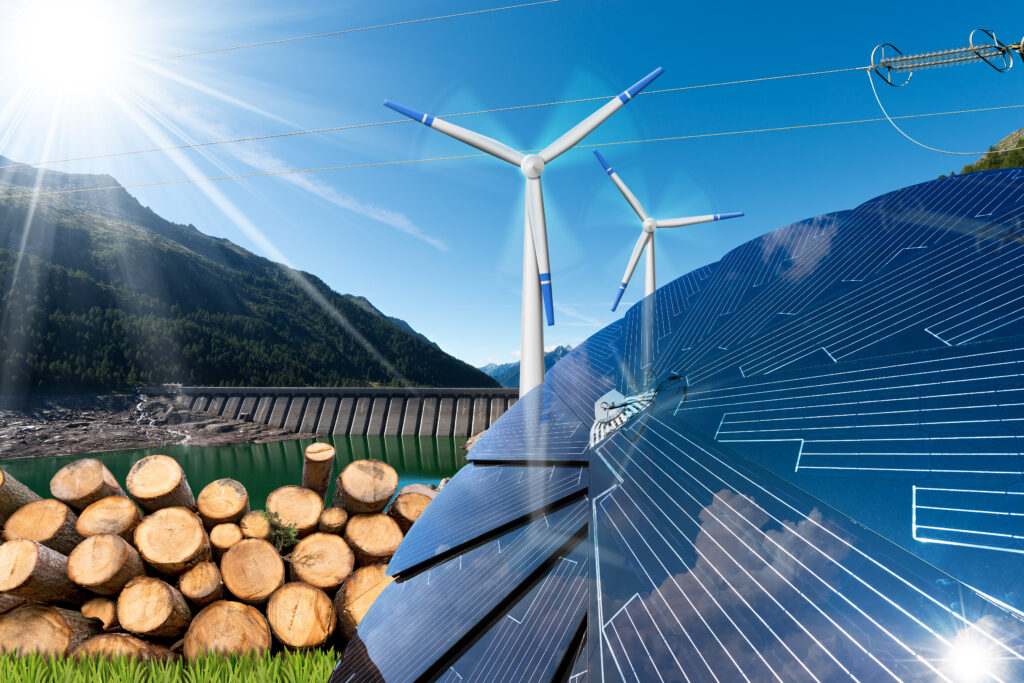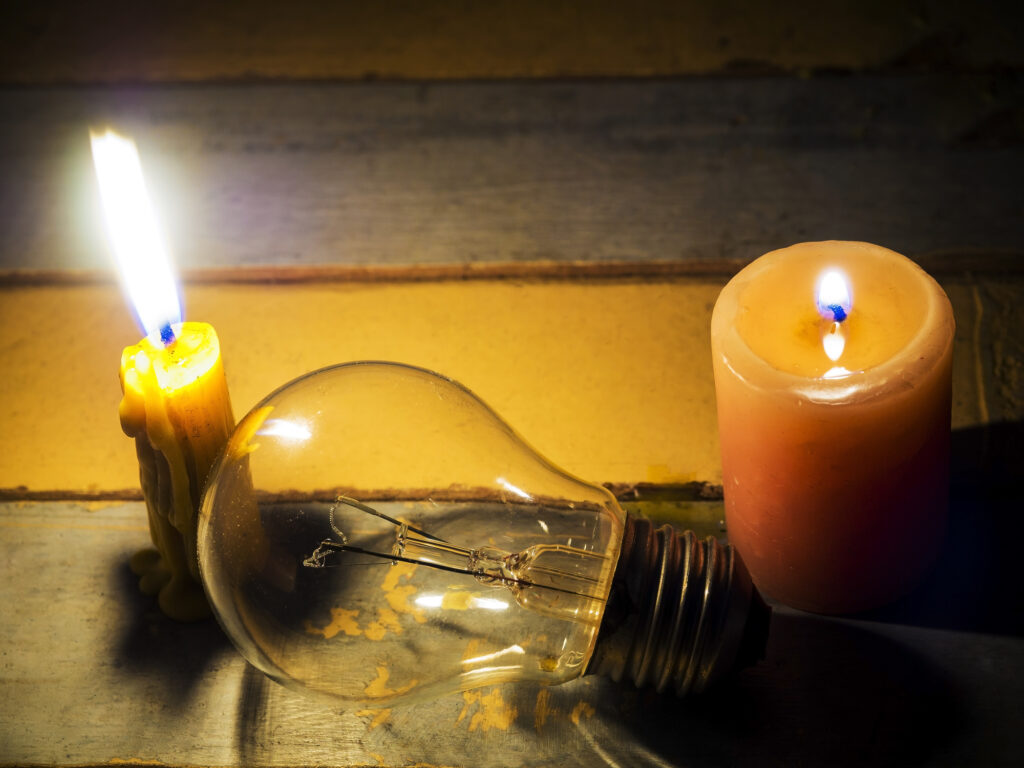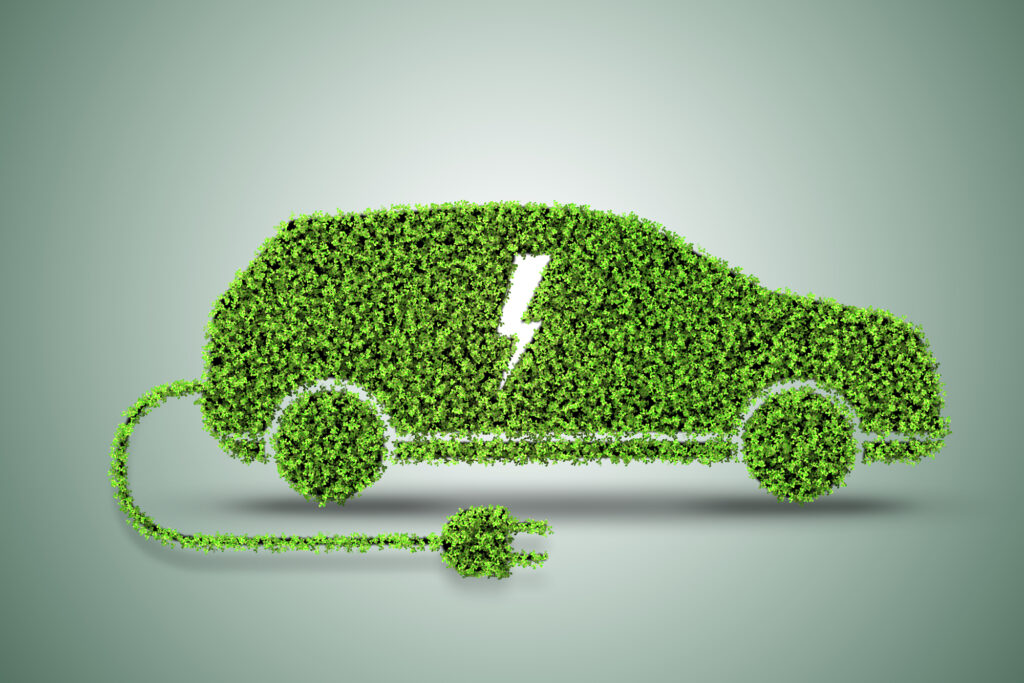Spis treści
In April, the liberalization of the Act on investments in wind farms came into force. According to current regulations, the local development plan may specify a different distance from the wind farm to residential buildings than 10 times the height of the turbine, but it cannot be less than 700 meters. Moreover, it was necessary to maintain an appropriate distance of wind farms from the highest voltage lines, while restrictions on the distance of wind turbines from national parks were maintained.
The market is waiting for the special act
The introduction of the distance act in 2016 resulted in 99 percent territory of the country was blocked for the implementation of new wind projects. – The last renewable energy auctions have already shown that wind projects have been exhausted. We are dealing with an investment gap – said Wojciech Sztuba, managing partner of TPA Poland, which, together with the DWF law firm and the Polish Wind Energy Association, prepared the report “Wind energy in Poland” presented at the PWEA conference in Serock.
He added that this year brought a breakthrough, because after the liberalization of the 10H rule, new projects will be created, not with turbines with a capacity of 2-3 MW, as before, but about twice as powerful. In addition, new spatial planning rules were adopted. – Planning arrangements take a long time, which also contributes to the investment gap – he added.
The latest amendment to the energy law adopted by the Parliament introduces provisions on a direct line. The industry also expects that the connection of wind and solar farms will soon be regulated on the basis of cable pooling – these new solutions may partially help with network restrictions, which are now the most serious problem.
– When it comes to networks, developers speak with one voice with network operators. Multi-billion expenditures are necessary and the introduction of a special network act, which is apparently already prepared. Without investment in the network, there will be no renewable energy in Poland – neither on land nor at sea – Olga Sypuła, country manager of European Energy in Poland, emphasized during the PWEA conference.
The biggest barrier disappears, but the pricing law kills the profitability of projects
The Act on energy price limits, above which companies make contributions to the Price Difference Payment Fund, has introduced great uncertainty as to the future of the Polish market. The Polish law is to remain in force until the end of the year, while EU regulations expire at the end of this month. Moreover, the regulations, which have been amended several times, also affect long-term cPPAs, which makes it difficult to obtain financing for renewable energy.
– High energy prices have a positive impact on the profitability of investments in renewable energy sources. However, we cannot isolate them from the entire economic system. Apart from the fact that the act obviously limits revenues, it is also a source of additional uncertainties. Any forward-looking investor will assess the Polish market as risky, therefore he will expect a higher rate of return and will either give up the investment or wait until energy prices compensate for this risk. The Act allows trading companies to earn between 1.5 and 3.5%, depending on the type of contract. No business can survive on such margins in the long run at today’s interest rates. There is a risk that private trading companies, including international companies present on the Polish market, will withdraw. Competitiveness and availability of services will decrease – both for renewable energy producers and end users – said Paweł Wierzbicki, member of the management board of Axpo Polska.
Janusz Gajowiecki, president of PWEA, reminds that other European countries have different price limits. The EU regulation set the cap at EUR 180, in Poland this level is lower, and still the contributions from the write-off are insufficient to cover the payment of compensation for limiting energy price increases for sensitive groups of recipients.
Łukasz Tomaszewski, director of the renewable energy department at the Ministry of Climate and Environment, recalled that price caps were a response to the crisis situation on energy markets to make consumers feel safe. – This act is of a temporary nature, but I cannot say whether it will be postponed until next year – he said during the PWEA conference in Serock.
Uncertainty and long procedures
Without simplifying procedures, there will be no new wind farms soon. Obtaining permits takes 2-3 years, and then there is the construction process. Currently, obtaining a license for energy production takes approximately 8 months. As a result, it takes up to 7 years to build an onshore wind farm. As Paweł Łączkowski, legal advisor to Deloitte, points out, the greatest burden for municipalities is to conduct multi-stage public consultations on local spatial development plans.
In his opinion, new projects will begin to appear in 2-3 years. – There is demand to acquire wind projects and complement solar projects, but the market is uncertain due to price constraints – he pointed out.
According to Janusz Gajowiecki, the first projects prepared under the new rules may appear in a period longer than 2-3 years. PWEA intends to soon present proposals to simplify the investment process.
Brussels sees opacity in Poland
A report on barriers in the renewable energy investment process, which is the result of the “RES Simplify” project, was prepared by the European Commission. It shows that the increase in new capacity of onshore wind farms across the EU has started to decline since 2017. Development barriers appear all over Europe, there are approximately 350 of them in total, almost half of which concern administrative issues and connection to the network.
In Poland, there is a lack of transparency of procedures and investors have to deal with extensive bureaucracy. Moreover, offices are struggling with a lack of employees, e.g. the Energy Regulatory Office has been omitted for years when increasing the employment budget. The underinvested power grid, which can accommodate limited renewable energy capacity, is another obstacle to the development of new projects. Investors in 13 countries pointed out problems with connecting onshore wind farms to the grid. Moreover, in Poland, like in 15 other countries, there is a lack of political support for the development of onshore wind energy – we read in a report prepared for the European Commission.












